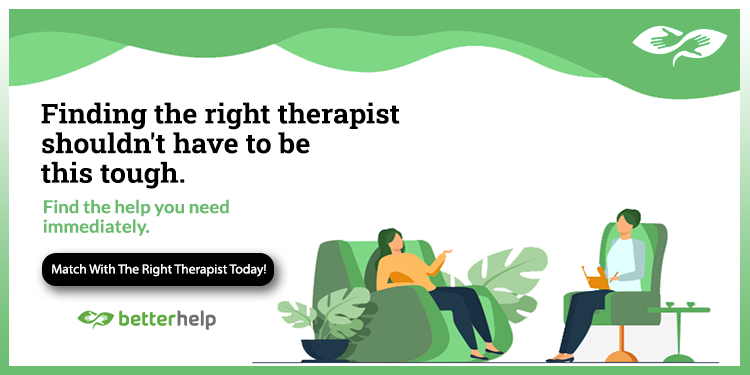How Childhood Wounds Show Up in Adult Relationships
Do you notice certain relationship scenarios that trigger intense emotional reactions in you—reactions that seem bigger than the current situation warrants?
Childhood Wounds. Perhaps minor criticism from your partner feels devastating, or their brief distance triggers panic. These moments where you feel suddenly transported into overwhelming emotion often signal that childhood wounds are being activated in your adult relationships.
The relationships we form as adults serve as mirrors reflecting our earliest experiences of connection.
Childhood wounds don’t simply disappear with time—they transform into relational patterns that continue until we bring awareness to them. Your nervous system responds not just to what’s happening now, but to all similar moments stored in your implicit memory.
Your body keeps score of these early experiences.
When a current situation resembles a painful childhood dynamic—even in subtle ways—your nervous system responds as if you’re reliving that early hurt. Your heart races, your breathing changes, or tension spreads across your shoulders, all before your conscious mind has registered what’s happening. These physical responses aren’t overreactions—they’re your body remembering.

You might completely shut down whenever your partner expresses disappointment,
becoming emotionally unreachable for days after what they perceived as minor feedback. This response could connect to childhood experiences with highly critical caregivers whose “disappointment” typically preceded lengthy emotional rejection. The shutdown isn’t stubbornness—it’s your nervous system’s attempt to protect you from anticipated pain.
Or perhaps you become uncharacteristically controlling about household cleanliness with roommates,
despite not caring much about tidiness when living alone. This might connect to a chaotic childhood home, where cleanliness was the only thing you could control amidst unpredictability. Your current behavior isn’t really about the dishes—it’s your system seeking safety in the face of vulnerability that sharing space creates.
Healing Exercise #1: Emotional Time Travel
When you notice an intense reaction to a current relationship situation, try this:
-
Close your eyes and ask yourself, “How old do I feel right now?”
-
Often, the answer isn’t your chronological age but a much younger number.
-
Next, place a hand on your heart and speak directly to that younger part:
“I understand why you’re scared/angry/hurt. That makes perfect sense given what happened then. I’m here with you now, and we have resources we didn’t have before.”
This simple practice helps differentiate past from present.
The Power of Saying ‘I Don’t Know’
Healing Exercise #2: The Relationship Journal
Create three columns on a page:
-
In the first, describe a triggering relationship situation.
-
In the second, write down your emotional and physical response in detail (including body sensations).
-
In the third column, explore possible connections to early experiences:
“This reminds me of when…”
Completing this exercise regularly helps identify patterns and their origins, bringing unconscious reactions into awareness where they can be addressed.
Healing Exercise #3: The Safe Container Visualization
Practice this 5-minute visualization daily:
-
Imagine creating a container that holds all your past relationship experiences—the pain, disappointment, and fear.
-
See yourself placing this container somewhere safe but separate from your current life.
-
Next, imagine what it would feel like to enter your current relationships without this weight—how you might stand, breathe, or speak differently.
This practice helps your nervous system recognize that past and present are distinct, reducing automatic triggered responses.
Healing happens through experiences that contradict early wounding.
When you express vulnerability and receive empathic understanding instead of dismissal, your nervous system registers this new possibility. Each such experience—being truly seen, having boundaries respected, receiving repair after conflict—helps rewire old patterns.
The language you use internally perpetuates or heals these wounds.
Notice if you speak to yourself with the same critical voice from your childhood, or if you catastrophize relationship issues (“They’re going to leave” or “I’ll always be alone”). Replace these narratives with adult perspective:
“This is difficult AND I have resources now” or “This person isn’t behaving exactly like my parent—I can respond differently.”
Your triggers can become your greatest teachers.
When you find yourself irrationally jealous whenever your partner mentions certain colleagues, use this reaction as information rather than truth. Recognize that your jealousy might be showing you where you still carry insecurity from past betrayals—it’s not actually about your partner’s behavior. This awareness allows you to work with the root cause rather than projecting old wounds onto current relationships.
Remember that healing isn’t about perfectly resolving the past or never getting triggered again.
It’s about recovering more quickly when old patterns emerge, gradually expanding your capacity for intimate connection without being overtaken by historical pain. Each time you respond differently to a familiar trigger, you’re literally creating new neural pathways—building a bridge between the relationships you experienced and the ones you truly desire.

Keywords: Childhood Wounds, polyvagal theory, gestalt therapy, psychotherapy, parents, parental trauma, somatic experiencing, Licensed therapist near me in Manhattan NYC, Affordable therapy services in New York State, Holistic psychotherapy sessions in NYC, Somatic Experiencing therapy for trauma recovery in New York City, NARM therapy in Brooklyn, Licensed couples therapy in Manhattan, Gestalt therapy near me in NYC, Marriage counseling in Queens NYC, Therapy for anxiety treatment in NYC, Experienced psychotherapist in New York, Licensed psychotherapist near me in NYC, Somatic Experiencing therapy sessions in New York, Trauma therapy and counseling in Manhattan, Gestalt therapy sessions in New York City, Therapy sessions for emotional regulation in New York, Trauma therapy near me in Brooklyn New York, Licensed mental health therapist in Manhattan NYC, Depression therapy in New York, New York City therapist experienced in PTSD treatment
Contact us: Feel and Heal Therapy Office
For companies: Creative Manager
How to Heal from Emotional Betrayal








